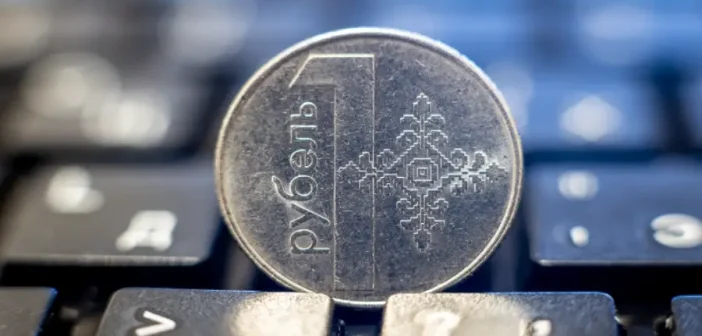The Belarus digital ruble will become available to private businesses and state-owned enterprises in the second half of 2026, according to Roman Golovchenko, Chairman of the Board of the National Bank of Belarus. He also confirmed that the general public and government institutions will gain access to the digital currency in 2027.
This timeline marks a major milestone in Belarus’s journey toward central bank digital currency (CBDC) adoption. The move places the country among a growing list of nations experimenting with sovereign digital money as part of long-term modernization strategies.
Why Belarus Is Launching a Digital Ruble
According to Golovchenko, the motivation behind the Belarus digital ruble goes beyond convenience or efficiency. The digital form of the national currency is being designed with traceability and accountability in mind. He introduced the concept of “color-coded money” — the ability to track how funds move across every stage of the transaction chain.
“It’s extremely important for the state to monitor where digital funds go and how they’re used,” he explained. “This traceability ensures that budgeted resources serve their intended purpose.”
Golovchenko emphasized that security and transparency are key to public trust. The National Bank is currently preparing a regulatory framework and technical standards to support the CBDC rollout.
Cross-Border Ambitions: Belarus and Russia Align
One of the most critical use cases for the Belarus digital ruble is cross-border trade, especially with Russia. Belarus is working closely with its largest neighbor to ensure interoperability between their respective CBDCs.
“Our currencies must be able to communicate with one another,” Golovchenko said. “Cross-border settlements are a top priority for us.”
The coordination reflects broader geopolitical and economic alignment. As both countries face global payment restrictions, they see CBDCs as a new infrastructure for bilateral trade that avoids dependency on SWIFT and traditional correspondent banking.
Digital Ruble and Geopolitical Strategy
Beyond technical integration, the Belarus digital ruble plays a role in national strategy. Its design considers economic sovereignty, sanctions resistance, and innovation leadership.
Golovchenko mentioned that Belarus is preparing payment tools specifically for foreign trade under CBDC conditions. This involves adjusting legal definitions of money, tax rules, and settlement systems to support digital transactions between countries.
Meanwhile, Russia is making similar moves. Elvira Nabiullina, the Governor of the Bank of Russia, recently confirmed that the Russian central bank is negotiating with “friendly nations” about using digital rubles for international payments.
What’s Next for the Belarus Digital Ruble
The National Bank of Belarus continues to develop the infrastructure for its CBDC. A testing phase is expected before full deployment. Pilot programs for companies may begin in early 2026, giving businesses time to adapt their accounting and payment systems.
Technical trials will be conducted on a secure national platform, and the central bank has confirmed that data privacy and protection will be fundamental principles of the project.
“This isn’t just about digitalizing currency,” Golovchenko noted. “It’s about shaping a new layer of the national financial system.”




